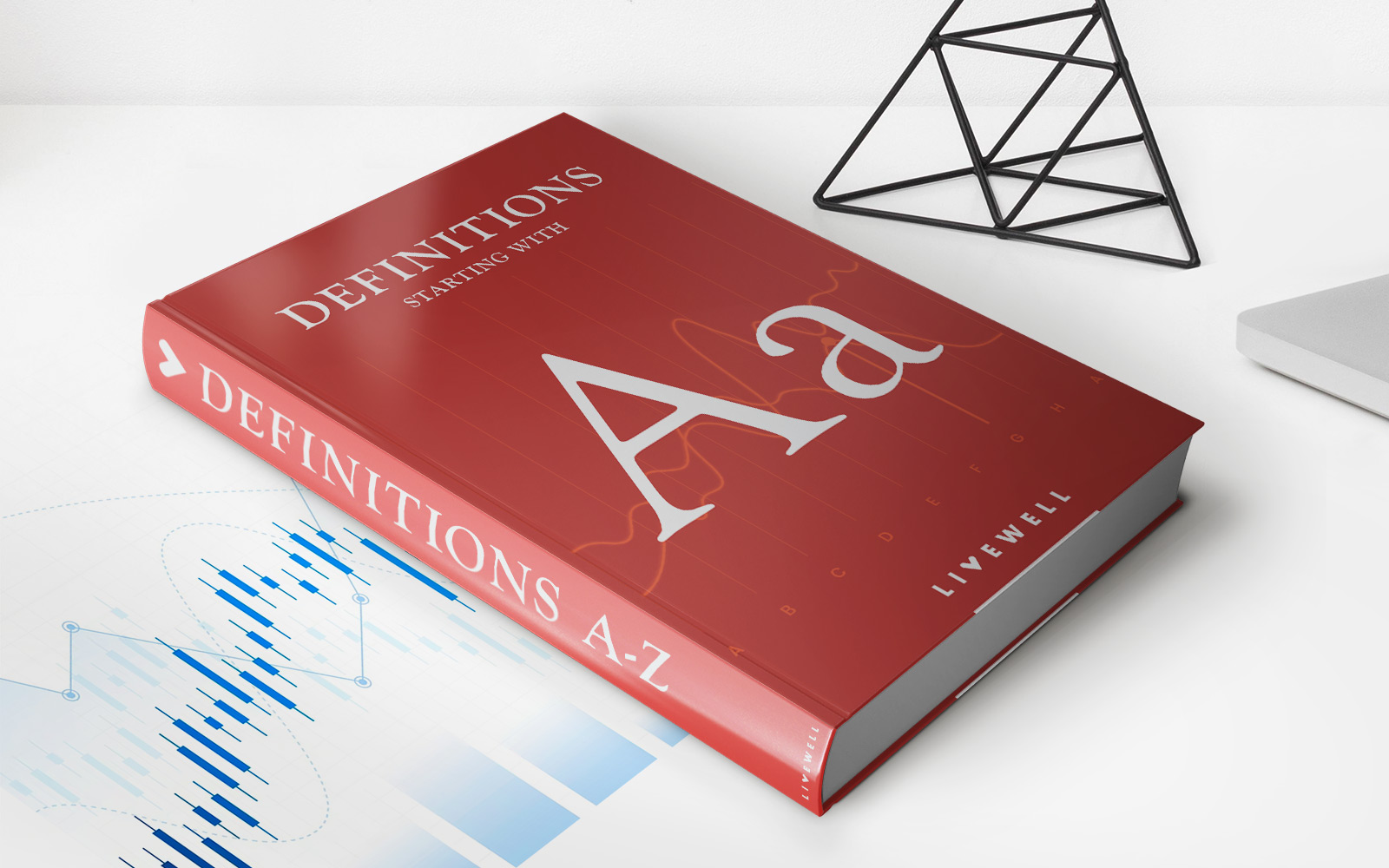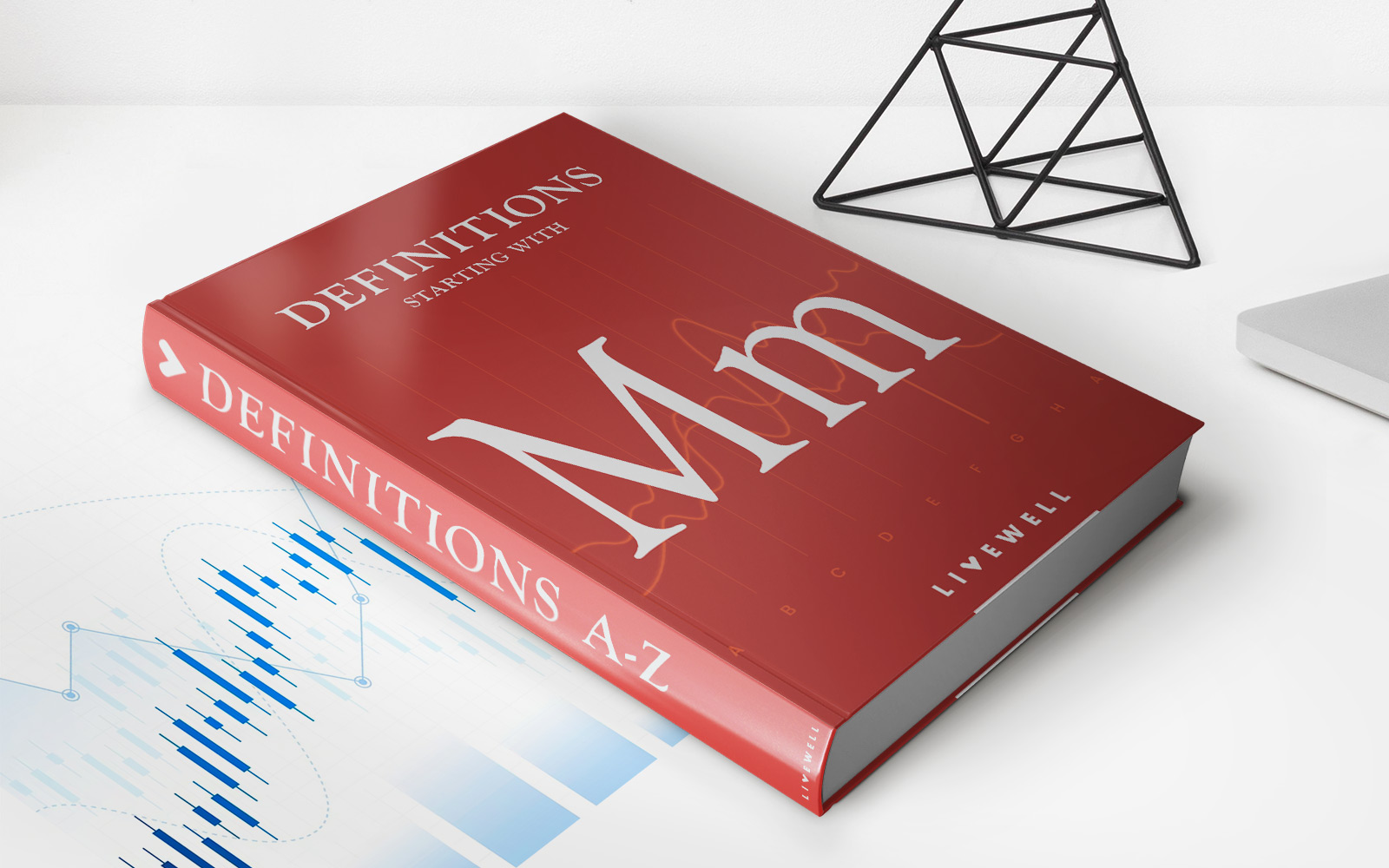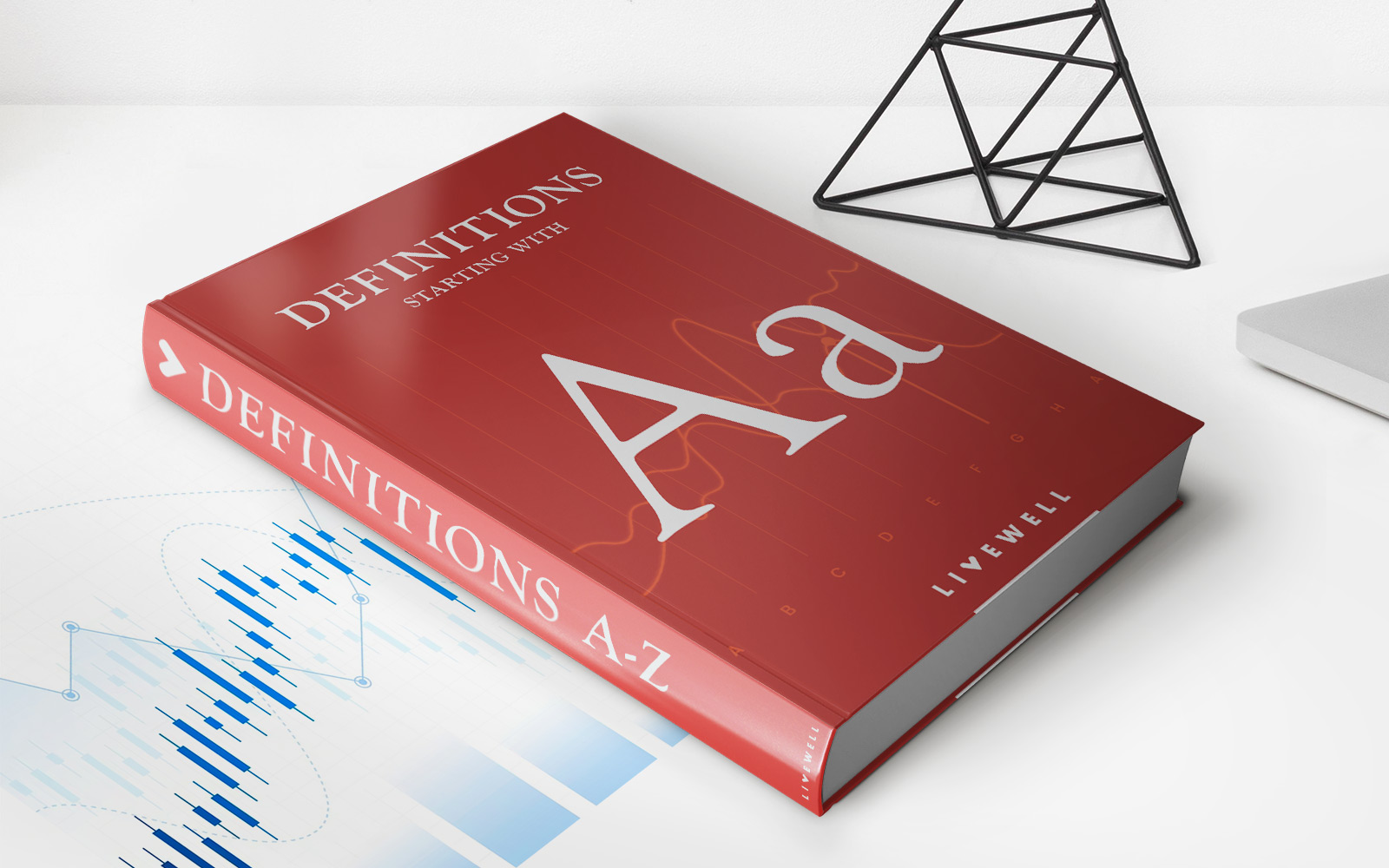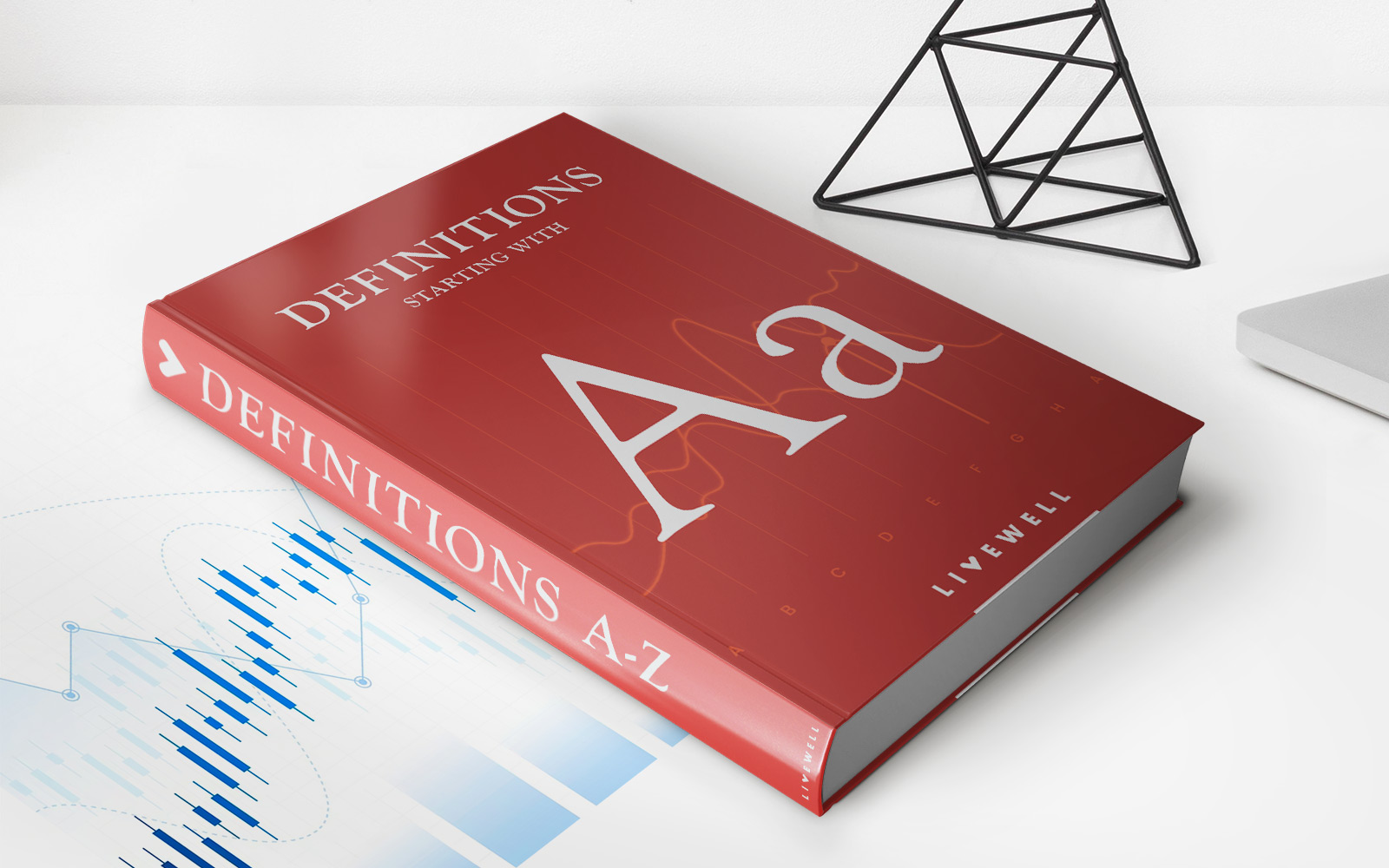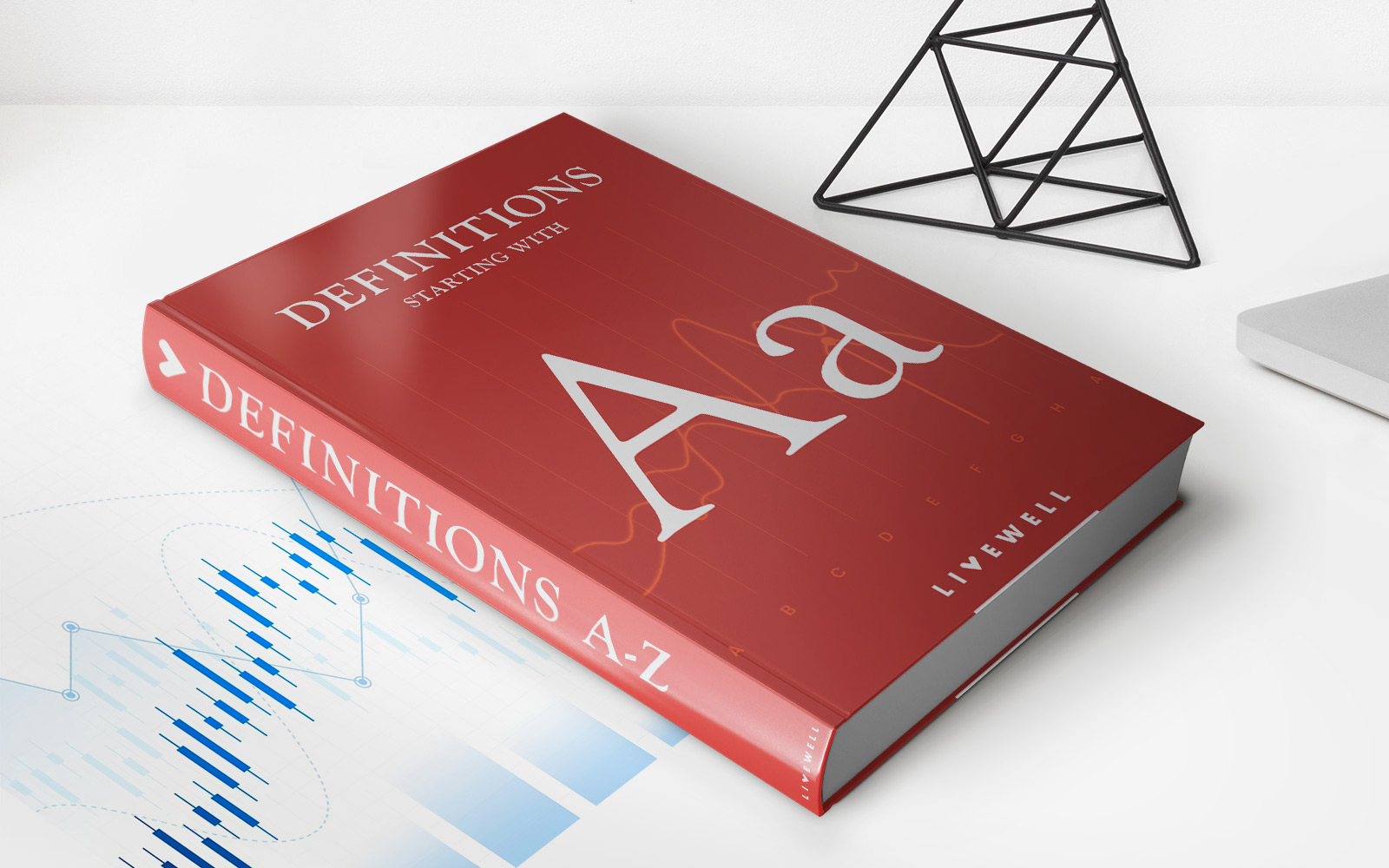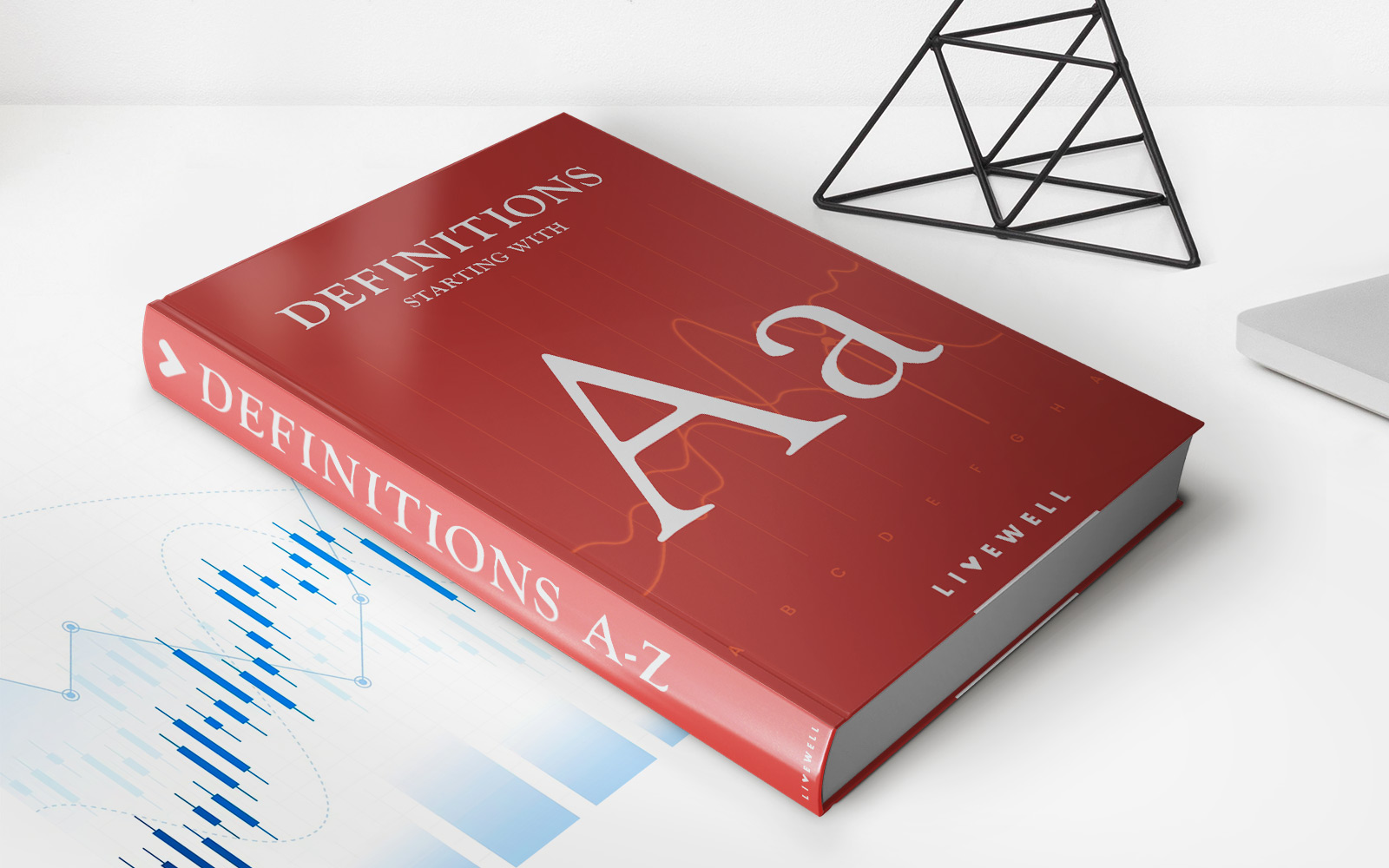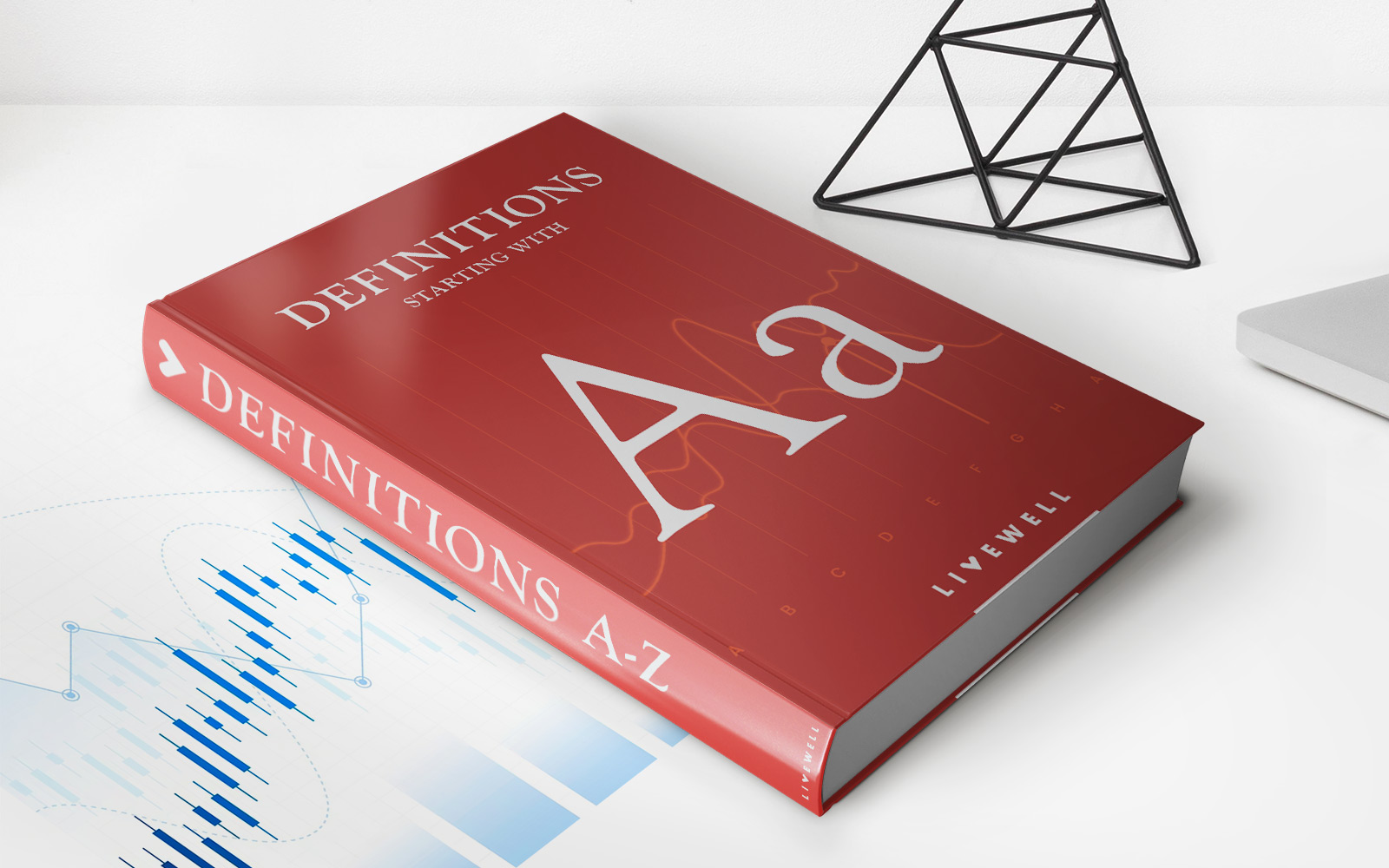

Finance
Argentine Peso (ARP) Definition
Modified: October 11, 2023
Learn about the Argentine Peso (ARP) and its definition in the world of finance. Discover its significance and impact on global markets.
(Many of the links in this article redirect to a specific reviewed product. Your purchase of these products through affiliate links helps to generate commission for LiveWell, at no extra cost. Learn more)
Unlocking the Secrets of the Argentine Peso (ARP)
Welcome to the world of finance, where currencies fluctuate and economies thrive! Today, we will dive into the mesmerizing world of the Argentine Peso (ARP). The Argentine Peso is the official currency of Argentina, a vibrant country located in South America. Let’s explore this currency’s history, features, and how it impacts the nation’s economy.
Key Takeaways
- The Argentine Peso (ARP) is the official currency of Argentina.
- The currency has a rich history with bouts of volatility and fluctuations.
Exploring the Argentine Peso (ARP)
The Argentine Peso (ARP) has a long and storied history, reflecting the economic landscape of Argentina. Before we dive deeper into its significance, let’s start with the basics. The currency is denoted by the symbol ARP, and its ISO code is ARS. One Argentine Peso is further divided into 100 centavos, similar to cents in the United States.
Now, let’s explore some key features and characteristics of the Argentine Peso:
- Volatility: The Argentine Peso has experienced significant volatility over the years, with periods of rapid depreciation and inflation. This volatility is largely influenced by various economic, political, and social factors.
- Central Bank Influence: The Central Bank of Argentina plays a crucial role in managing the value of the Argentine Peso. Through its monetary policies, the central bank aims to stabilize the currency, control inflation, and promote economic growth.
- Exchange Rates: The value of the Argentine Peso is subject to fluctuation against major global currencies, such as the US Dollar and Euro. This exchange rate can impact trade, investments, and international commerce for Argentina.
- Economic Impact: As the national currency, the Argentine Peso has a significant impact on the country’s economy. Its value affects prices, imports, exports, and the overall purchasing power of its citizens.
- Foreign Exchange Markets: Traders and investors participate in foreign exchange markets to buy, sell, and speculate on the Argentine Peso. These markets play a crucial role in determining the currency’s value and liquidity.
As we explore the Argentine Peso, it’s important to remember that the currency’s value is not solely determined by economic factors. Political developments, social stability, and investor sentiment also contribute to its fluctuations.
Conclusion
The Argentine Peso is much more than a simple medium of exchange; it is a reflection of Argentina’s economic landscape and its ties to the global financial system. Understanding the Argentine Peso and its dynamics is essential for individuals, businesses, and investors. By keeping an eye on its fluctuations and considering factors that drive its value, one can make more informed financial decisions.
So, the next time you come across the Argentine Peso (ARP), remember its rich history, volatility, and influence on Argentina’s economy. Stay tuned for more finance-related insights as we explore the fascinating world of currencies and markets!
